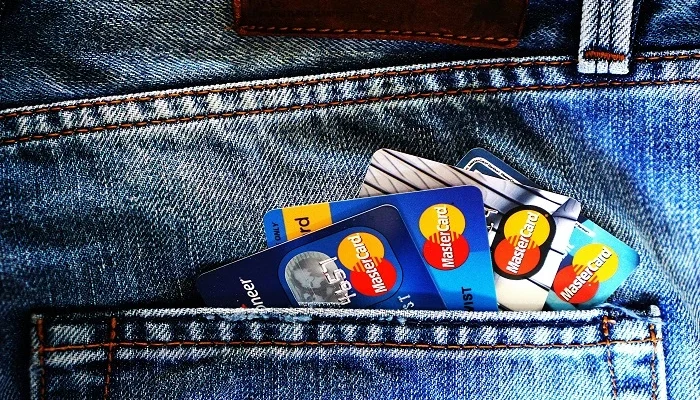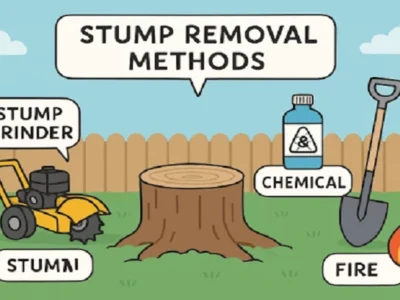A collection account on your credit report can be a significant roadblock to financial freedom. It can lower your credit score, make it difficult to secure loans, and even impact job opportunities. Many assume that once a collection is on their report, it’s there to stay—but that’s not always the case. You can use several strategies to dispute, negotiate, or even remove collections entirely. If you’re wondering how to remove collections from credit report, this guide will walk you through the steps to take control of your credit history and improve your financial standing.
Understanding Collection Accounts
A collection account appears on your credit report when a debt goes unpaid for an extended period, usually 90 to 180 days. At that point, the original creditor may sell the debt to a collection agency, which then attempts to recover the money. This negative mark can significantly impact your credit score, making lenders view you as a higher risk.
While collection accounts typically remain on your credit report for seven years, they don’t have to haunt your finances forever. Depending on the circumstances, you may be able to remove them sooner. The key is to understand your rights and the options available to you. Whether the debt is accurate, outdated, or even mistakenly reported, there are ways to challenge it and potentially get it deleted.
Step 1: Check Your Credit Report for Errors
Before taking action, obtain a copy of your credit report from all three major credit bureaus—Experian, Equifax, and TransUnion. You can get a free copy annually from AnnualCreditReport.com. Carefully review the report for inaccuracies, such as incorrect balances, duplicate accounts, or collections that don’t belong to you. Even small mistakes can give you grounds for disputing the collection.
If you find an error, file a dispute with the credit bureau reporting the incorrect information. The agencies have 30 days to look into it and get back to us. The account must be removed if the collection agency cannot verify the debt. Many consumers have successfully eliminated collections this way, especially when dealing with outdated or incorrectly reported debts.
Step 2: Validate the Debt
If the collection account is accurate, you still have options. Under the Fair Debt Collection Practices Act (FDCPA), you can request debt validation. This means the collection agency must provide proof that you owe the amount stated and that they have the legal authority to collect it.
Send a debt validation letter to the agency within 30 days of their initial contact. If they fail to respond with proper documentation, they cannot continue reporting the debt legally. Even if the debt is valid, collection agencies sometimes lack sufficient records to prove it, which can result in the account being removed from your report.
Step 3: Negotiate a Pay-for-Delete Agreement
If the debt is legitimate and the validation process confirms it, your next strategy is negotiation. A pay-for-delete agreement involves offering to pay the debt in exchange for the collection agency removing it from your credit report. Not all agencies agree to this arrangement, but many do if you approach them correctly.
When negotiating, get everything in writing before making any payments. Simply paying off a collection does not automatically remove it from your credit report—it will still be listed as a paid collection, which doesn’t significantly boost your score. A successful pay-for-delete agreement, however, eliminates the negative mark, giving you a fresh start.
Step 4: Consider a Goodwill Letter
If you’ve already paid off a collection and it remains on your report, a goodwill letter may help. This is a request to the collection agency or original creditor to remove the account as a goodwill gesture. While there’s no guarantee they will comply, many lenders grant these requests, especially if you’ve maintained good financial behavior since the collection occurred.
A goodwill letter should be polite and professional. Explain your situation, acknowledge past financial struggles, and emphasize your commitment to maintaining a responsible credit history. Some consumers succeed with this approach, mainly if they’ve been long-time customers of the creditor.
Step 5: Wait for the Collection to Age Off
There is still time on your side if nothing else works. Collections typically remain on your credit report for seven years from the date of the first missed payment. As they age, their impact on your score diminishes. The final removal of the collection will automatically improve your credit profile, allowing you to move forward without its negative influence.
However, if you believe the collection account unfairly affects your financial future, it may be worth exploring credit repair services. Platforms like DisputeBee can streamline the dispute process and help you take action against inaccurate or unverifiable collections.
Conclusion
It takes patience, determination, and a clear plan to get collections off of your credit report. Every step you take toward a better credit score is helpful, whether it’s disputing a mistake, asking for proof of debt, negotiating a pay-for-delete deal, or sending a pleasant letter. Even if you can’t remove a collection immediately, improving your credit habits—such as paying bills on time and reducing debt—will help rebuild your financial reputation. By taking control of your credit report, you’re not just erasing past mistakes—you’re paving the way for better economic opportunities in the future.
Pedrovazpaulo Executive Coaching: Unlocking Potential with Its Power










Comments